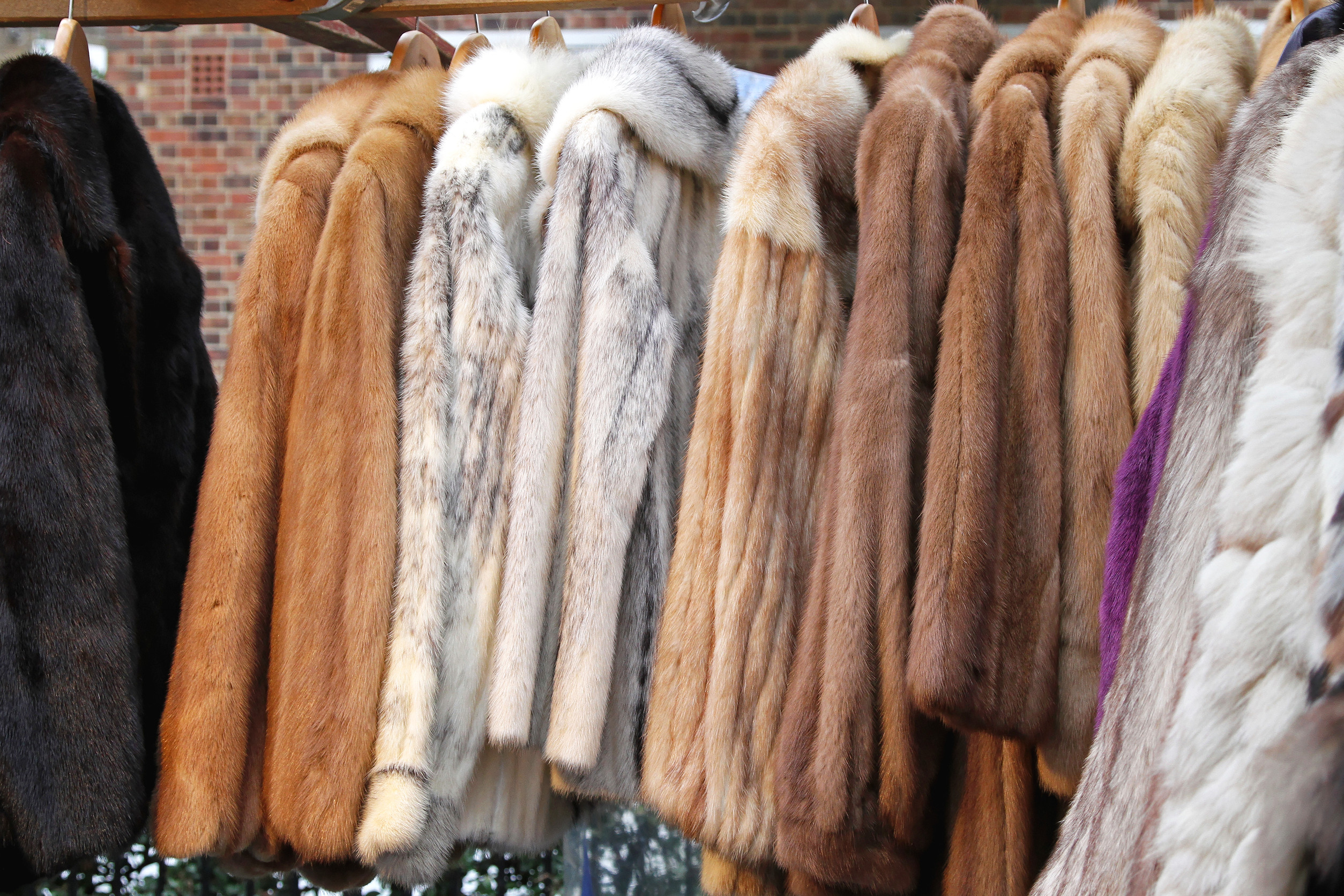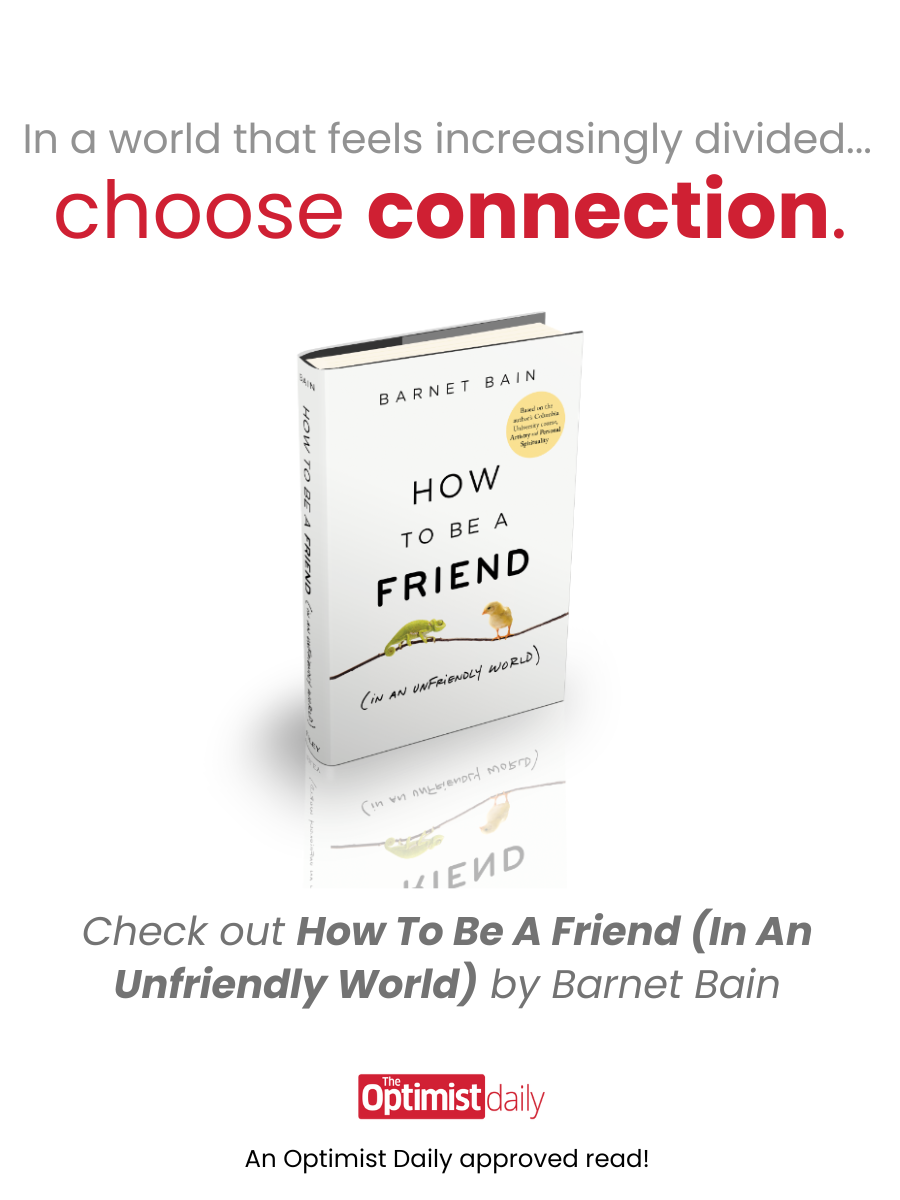BY THE OPTIMIST DAILY EDITORIAL TEAM
Norway officially closed the chapter on fur farming, marking a significant victory for animal welfare advocates. Once home to nearly 300 fur farms, the country has now phased out the industry entirely, with the last farmers shutting down operations ahead of the given deadline of February 2025. This move places Norway among a growing list of nations that have decided fur farming belongs in the past, not in modern society.
For decades, fur farming was a staple of Norway’s agricultural landscape. Minks and foxes were bred in small wire cages, destined for luxury fashion markets. However, shifting public attitudes, mounting ethical concerns, and political pressure have led to the industry’s decline. The final decision to ban fur farming was made in 2018, with a phase-out period designed to help farmers transition to other livelihoods. Now, as the deadline nears, the country is making good on its promise to shut the industry down for good.
The fight for change: how Norway arrived at a ban
The push to end fur farming in Norway was not an overnight decision—it was the result of years of activism, investigations, and changing public sentiment. Animal welfare organizations, including the Norwegian Society for the Protection of Animals, played a critical role in exposing the inhumane conditions on fur farms. Undercover footage showed animals in distress, suffering from untreated wounds, and exhibiting signs of severe psychological stress due to extreme confinement.
As these images circulated, the public response was overwhelming. By 2018, opinion polls indicated that the majority of Norwegians supported ending fur farming. A petition calling for a ban garnered 35,000 signatures, adding further momentum to the cause. The government, responding to both public and political pressure, announced its decision to phase out the industry entirely.
“This decision reflects the values of our society today,” said a spokesperson for the Norwegian government. “We have seen the strength of feeling on this issue and have listened.”
Ethical concerns: why fur farming had to go
At the heart of Norway’s decision lies a fundamental ethical debate: should fashion justify suffering? While fur has long been associated with luxury, the reality of fur farming tells a different story.
Minks and foxes, naturally wild and active animals, were confined to small cages with little room to move. Deprived of their natural behaviors—like swimming for minks and roaming vast territories for foxes—many exhibited stress-related behaviors, such as pacing and self-mutilation. Investigations frequently uncovered animals with open wounds, infections, and missing limbs, highlighting the industry’s failure to provide even the most basic level of care.
Scientific studies backed up these concerns. The Norwegian Veterinary Association, along with numerous animal welfare experts, concluded that fur farming was fundamentally incompatible with modern standards of humane treatment. Unlike other forms of livestock farming, there was no practical way to raise fur-bearing animals without causing severe distress.
As public awareness of these issues grew, consumer attitudes also began to shift. Many major fashion brands—including Gucci, Prada, and Burberry—have distanced themselves from fur, choosing ethical alternatives instead. The market for fur was shrinking, making Norway’s decision not just a moral choice, but an economically sound one.
Transitioning away from fur: what happens next?
Banning an industry doesn’t happen without consequences, and Norway has taken steps to support affected farmers. Recognizing the economic impact, the government introduced a compensation plan worth approximately $50 million to help fur farmers transition to new forms of income. Some farmers have moved into other types of agriculture, while others have sought opportunities in tourism, renewable energy, or entirely different industries.
However, the transition has not been without challenges. Some fur farmers have contested the decision, arguing that the government’s financial assistance does not fully cover their losses. Lawsuits have been filed, and debates continue over whether the compensation plan is adequate. Meanwhile, concerns have been raised about what will happen to the land where these farms once operated—some of which are located in environmentally sensitive areas.
Despite these challenges, Norway’s government remains firm in its stance. The focus now is on ensuring a smooth transition while prioritizing animal welfare and ethical business practices.
A global trend: the future of fur farming
Norway’s decision to end fur farming is part of a larger global shift. In recent years, several European nations—including the United Kingdom, Austria, the Netherlands, and Belgium—have banned fur farming. Others, like France and Italy, have implemented restrictions or species-specific bans. Meanwhile, growing pressure from activists has led to calls for an EU-wide ban.
The fashion industry has also played a significant role in this transformation. As demand for fur declines, high-end brands are increasingly opting for sustainable and cruelty-free alternatives. Innovations in synthetic fur and plant-based materials have proven that luxury and ethics can coexist.
Even in countries where fur farming remains legal, the industry is facing mounting challenges. California became the first U.S. state to ban the sale of fur, and other regions are considering similar measures. The European Union has received over 1.5 million signatures on a petition calling for a total ban on fur farming, signaling that change is on the horizon.
Looking ahead: a shift in values
Norway’s fur farming ban is about more than just one industry—it reflects a broader shift in how society values and treats animals. The decision sends a clear message: ethical considerations must take precedence over outdated traditions. As more countries take steps toward banning fur farming, the global conversation around animal rights continues to evolve.
This moment is also a reminder that change is driven by collective action. The fur industry did not disappear on its own—it was the result of decades of activism, consumer awareness, and political will. Every decision, from the brands we support to the policies we advocate for, has the power to shape the future of ethical fashion and animal welfare.
Norway’s ban is not just an end—it is a new beginning. It sets the stage for a world where compassion leads the way, proving that progress is possible when we choose to prioritize kindness over cruelty.











